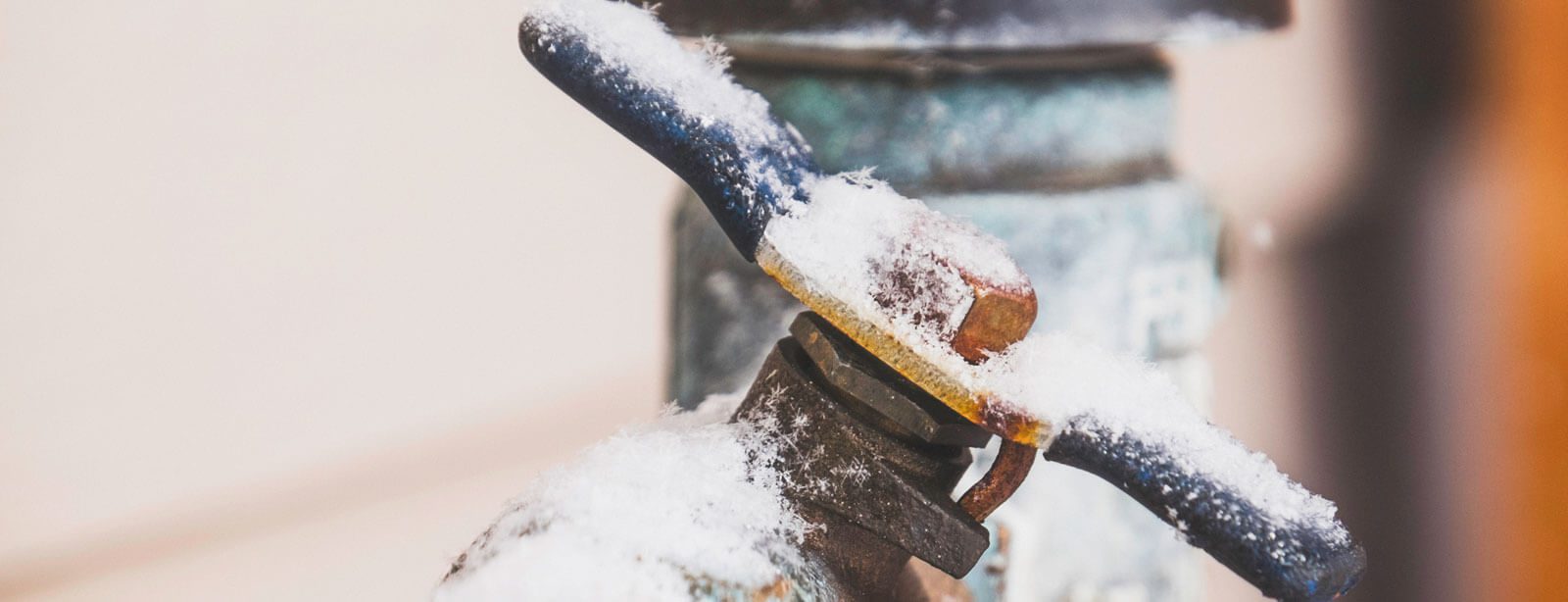Important Tips for Preventing Frozen Pipes in Winter Seasons
Important Tips for Preventing Frozen Pipes in Winter Seasons
Blog Article
We have unearthed this great article on How to prepare your home plumbing for winter weather below on the net and felt it made good sense to share it with you here.

Cold weather can ruin your plumbing, specifically by freezing pipes. Here's exactly how to prevent it from taking place and what to do if it does.
Intro
As temperature levels drop, the threat of frozen pipes rises, potentially causing costly repair services and water damages. Understanding just how to prevent frozen pipes is essential for property owners in cool environments.
Avoidance Tips
Protecting vulnerable pipes
Cover pipelines in insulation sleeves or utilize warmth tape to shield them from freezing temperature levels. Concentrate on pipelines in unheated or exterior areas of the home.
Home heating strategies
Maintain indoor spaces appropriately warmed, specifically locations with pipes. Open up closet doors to allow cozy air to flow around pipelines under sinks.
Just how to identify frozen pipes
Look for decreased water circulation from taps, uncommon odors or noises from pipes, and noticeable frost on revealed pipes.
Long-Term Solutions
Architectural changes
Think about rerouting pipes away from outside walls or unheated areas. Include additional insulation to attics, cellars, and crawl spaces.
Upgrading insulation
Invest in top notch insulation for pipes, attic rooms, and walls. Correct insulation assists maintain constant temperatures and minimizes the danger of icy pipes.
Shielding Exterior Plumbing
Yard hoses and outside taps
Disconnect and drain pipes yard hoses prior to winter months. Install frost-proof faucets or cover exterior taps with shielded caps.
Understanding Frozen Pipelines
What creates pipes to freeze?
Pipes freeze when revealed to temperature levels below 32 ° F (0 ° C) for extended periods. As water inside the pipes ices up, it expands, putting pressure on the pipe walls and potentially creating them to burst.
Risks and damages
Frozen pipes can lead to supply of water interruptions, building damages, and pricey fixings. Ruptured pipes can flood homes and cause extensive architectural damages.
Indications of Frozen Pipeline
Identifying frozen pipes early can stop them from rupturing.
What to Do If Your Pipes Freeze
Immediate activities to take
If you presume frozen pipelines, keep faucets open up to ease pressure as the ice thaws. Utilize a hairdryer or towels soaked in hot water to thaw pipelines slowly.
Final thought
Preventing icy pipelines needs aggressive steps and fast reactions. By recognizing the causes, indications, and safety nets, property owners can shield their plumbing throughout cold weather.
6 Proven Ways to Prevent Frozen Pipes and Protect Your Home
Disconnect and Drain Garden Hoses
Before winter arrives, start by disconnecting your garden hoses and draining any remaining water. Close the shut-off valves that supply outdoor hose bibs and leave the outdoor faucet open to allow any residual water to drain. For extra protection, consider using faucet covers throughout the colder months. It’s also important to drain water from any sprinkler supply lines following the manufacturer’s directions.
Insulate Exposed Pipes
Insulating your pipes is an effective way to prevent freezing. Pipe insulation is readily available at home improvement stores and is relatively inexpensive. Pay close attention to pipes in unheated areas such as the attic, basement, crawl spaces, or garage. Apply foam insulation generously to create a buffer against the cold. You can also wrap your pipes in heat tape or thermostat-controlled heat cables for added warmth.
Seal Air Leaks
Inspect your home for any cracks or openings that could let in cold air. Seal any holes around the piping in interior or exterior walls, as well as the sill plates where your home rests on its foundation. Additionally, make sure to keep your garage door closed unless you’re entering or exiting. Leaving it open creates a significant air leak that can lead to frozen pipes.
Allow Warm Air Circulation
During cold snaps, it’s essential to allow warm air to circulate evenly throughout your home. Leave interior doors ajar to promote better airflow. Open kitchen and bathroom cabinets to help distribute heat consistently around the rooms. If you have small children or pets, be sure to remove any household chemicals or potentially harmful cleaners from open cabinets for safety.
Let Faucets Drip
A small trickle of water can make a big difference in preventing ice formation inside your pipes. When temperatures drop significantly, start a drip of water from all faucets served by exposed pipes. This continuous flow helps prevent the water from freezing. Additionally, running a few faucets slightly can relieve pressure inside the pipes, reducing the chances of a rupture if the water inside does freeze.
https://choateshvac.com/6-proven-ways-to-prevent-frozen-pipes-and-protect-your-home/

I hope you enjoyed reading our part about 6 Ways to Prevent Frozen Pipes. Thanks for taking time to browse our article post. Enjoyed our review? Please quickly share it. Let another person discover it. Thanks so much for going through it.
Call Today Report this page